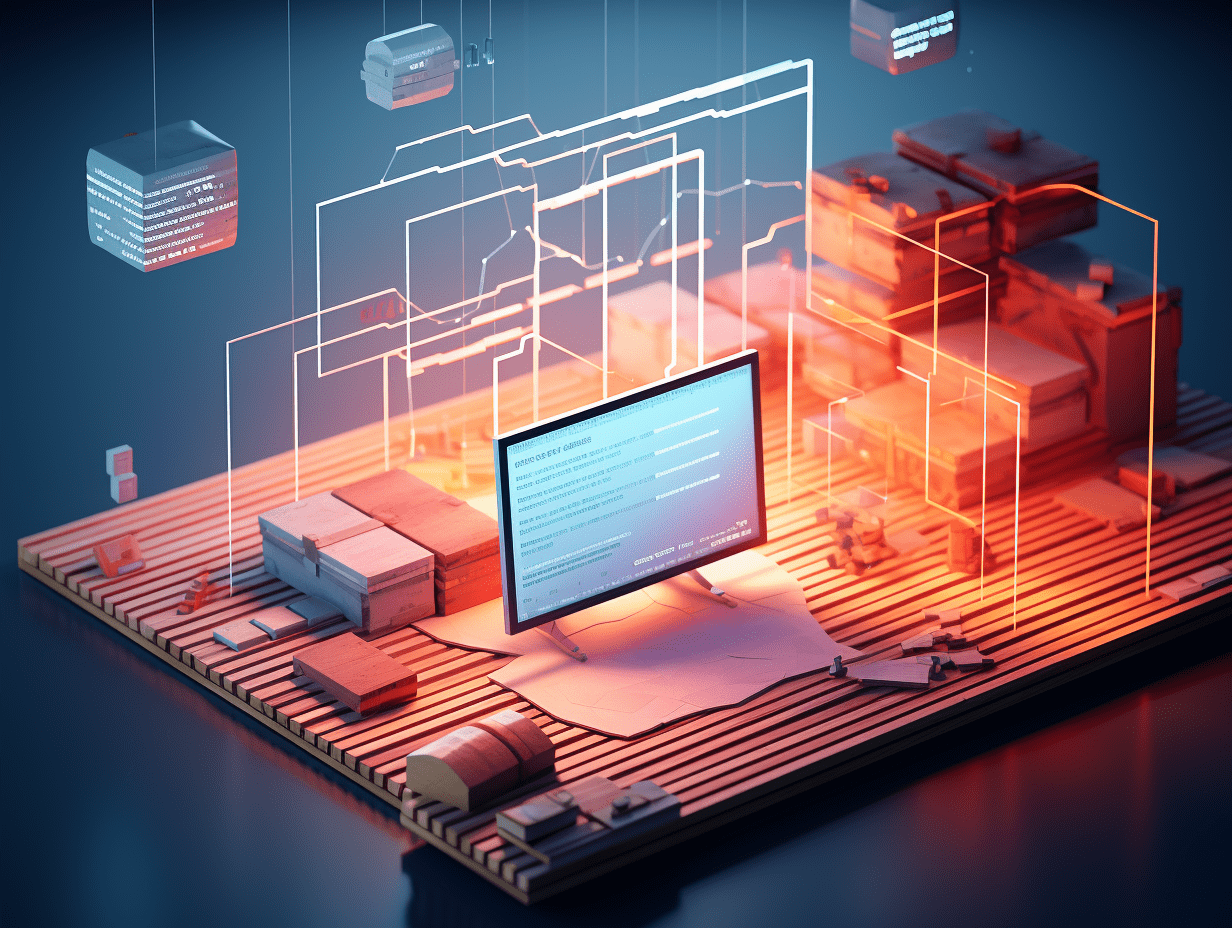Tianfeng: AI reshapes the storage cycle logic, driven by dual technology demands.
In the consumer market, domestic storage chips quickly occupy market share with their cost-effectiveness advantages.
Tianfeng's research report states that the essence of the storage super cycle is the transition from "cycle" to "structure". In the past, the price increases and extended delivery times in the chip industry were mainly due to supply-side production cuts leading to short-term rebounds. However, the current "super cycle" driven by AI has significant structural characteristics. The vigorous development of AI technology has driven the high-speed growth of data center storage demand, combined with the continuous increase in penetration rates of intelligent terminals such as smartphones and smart cars, jointly driving the innovation of storage technology and market expansion in this round.
Tianfeng's main points are as follows:
NAND and DRAM prices are rising, and storage prices continue to rise in the fourth quarter.
Storage chips are mainly divided into two categories: one is Dynamic Random Access Memory (DRAM), which is similar to the brain's notebook, with a large capacity for temporarily storing and retrieving data; within the DRAM category, there is also a high-performance chip using special packaging called High Bandwidth Memory (HBM), which is like the brain's short-term memory, extremely fast, and specially used for AI training and inference, making it particularly popular in the market. The second category is NAND flash memory, which is similar to the brain's archive, or long-term memory, responsible for storing Beijing Vastdata Technology and model parameters.
According to the flash memory market, since last month, driven by original factory control and price increases, spot Flash Wafer prices have been rising strongly. In a month and a half, the price of 1Tb Flash Wafer has risen by nearly 15%, and the price of 512Gb Flash Wafer has risen by over 20%. This week, the prices of industry SSDs and memory modules have risen across the board. Server memory module prices have also increased significantly, with DDR4 RDIMM 16GB3200 rising by 66.67% to $150.00. Recently, the prices of all resources including NAND and DRAM in the spot trading end have risen rapidly. With the increasing upstream resource prices and tightening supply, the corresponding production costs have increased significantly, leading to a comprehensive price increase in finished storage products for applications such as servers, smartphones, and PCs. Trendforce estimates that the average price of general DRAM (Conventional DRAM) will increase by 8-13% in the fourth quarter, and with the addition of HBM, the increase will expand to 13-18%. It is estimated that the contract prices of various NAND Flash products in the fourth quarter will increase across the board, with an average increase of 5-10%.
International giants are shifting towards high-end products, and domestic storage is seeing a replacement window. Currently, from niche markets to mainstream applications, domestic storage chips are favored by global customers. As top companies such as Samsung, Micron, and SK Hynix accelerate their transition to new process nodes for products like HBM, DDR5, LPDDR5, abandoning or reducing the production of niche products, this has changed the industry competition landscape and provided opportunities for domestic manufacturers to increase market share.
With AI large model training and data center construction becoming the core drive, domestic storage chips are rapidly penetrating the enterprise market.
Changjiang Storage's enterprise SSDs are widely used by mainstream domestic cloud service providers such as Alibaba Cloud and Tencent Cloud. In the consumer market, domestic storage chips are quickly gaining market share due to their cost-effectiveness.
Domestic manufacturers are speeding up production expansion, and demand and production stabilization are expected in the fourth quarter. In the fourth quarter, domestic storage companies are expected to continue to benefit from the dual drivers of "price recovery + domestic substitution". The industry expects that the demand, orders, and production situation of domestic storage chip companies in the fourth quarter will show a trend of stable recovery.
Currently, Changjiang Storage is advancing its third phase expansion plan: by the end of 2025, the monthly production capacity will increase to 150,000 wafers. In 2026, the third phase bidding will start, with three stages of expansion adding 50,000-60,000 wafers. After the third phase reaches production in 2028, the total capacity will reach 300,000 wafers per month, aiming to occupy 15% of the global NAND market share. Changxin Storage's DRAM production is expected to reach 2.73 million wafers per year, making it the fourth largest DRAM manufacturer globally, after Samsung, SK Hynix, and Micron. Its second factory is scheduled to start trial production in Q4 2025, adding 80,000 wafers per month, focusing on advanced processes below 15nm; the third factory has started equipment procurement, aiming to expand production by 60-70,000 wafers per month in 2026, with equipment procurement demand exceeding $6 billion, with a domestication rate of over 50%.
The AI storage revolution has arrived, and the era of "storage-first computing" has ushered in a new era of storage, driving SSD demand growth faster than traditional curves.
To break through the computational bottleneck and the "storage wall" constraint, "storage-first computing" as a disruptive technology paradigm has emerged. This technology migrates vector data (such as KVCache) from expensive DRAM and HBM flash memory used in AI reasoning to high-capacity, cost-effective SSD media, strategically expanding the storage layer from memory to SSD, rather than simple replacements. Its core value lies in significantly reducing token latency, improving inference throughput, and greatly optimizing end-to-end inference costs, providing a viable path for the large-scale deployment of AI.
Recommended focus areas:
Storage modules and controllers: Shenzhen Longsys Electronics (Tianfeng Computer Joint Coverage), Shenzhen Techwinsemi Technology, Biwin Storage Technology, Netac Technology, Maxio Technology, Shenzhen Mason Technologies, etc.; Storage chips: GigaDevice Semiconductor Inc., Puya Semiconductor (Shanghai) Co., Ltd., Ingenic Semiconductor, Dosilicon Co., Ltd., Zbit Semiconductor, Inc., Montage Technology, Giantec Semiconductor Corporation, etc.; Distribution and testing of storage: Shannon Semiconductor Technology, Shenzhen Kaifa Technology, Wuxi Taiji Industry, Shenzhen CECport Technologies, etc.
Related Articles

HK Stock Market Move | GEELY AUTO (00175) rose more than 5% at the close with the company initiating a 2.3 billion Hong Kong dollar buyback. Sales in September reached an all-time high.

A-share market closing review | Index collectively rebounds! Trading volume continues to shrink, market style continues to rotate.

Bank of America sees AMD (AMD.US) rising to $300: Analysts see bright growth prospects Analysts events as important catalysts.
HK Stock Market Move | GEELY AUTO (00175) rose more than 5% at the close with the company initiating a 2.3 billion Hong Kong dollar buyback. Sales in September reached an all-time high.

A-share market closing review | Index collectively rebounds! Trading volume continues to shrink, market style continues to rotate.

Bank of America sees AMD (AMD.US) rising to $300: Analysts see bright growth prospects Analysts events as important catalysts.

RECOMMEND





